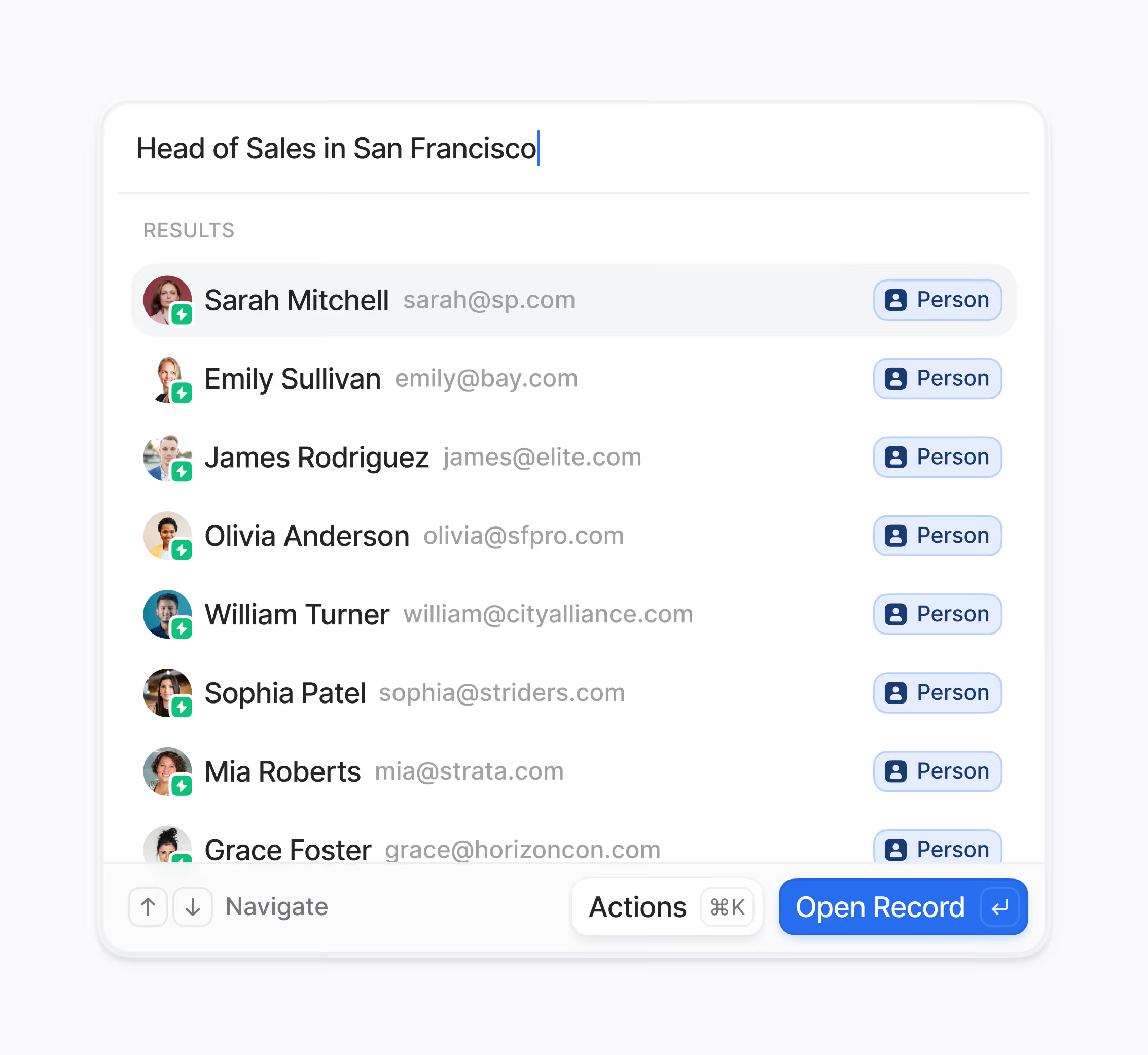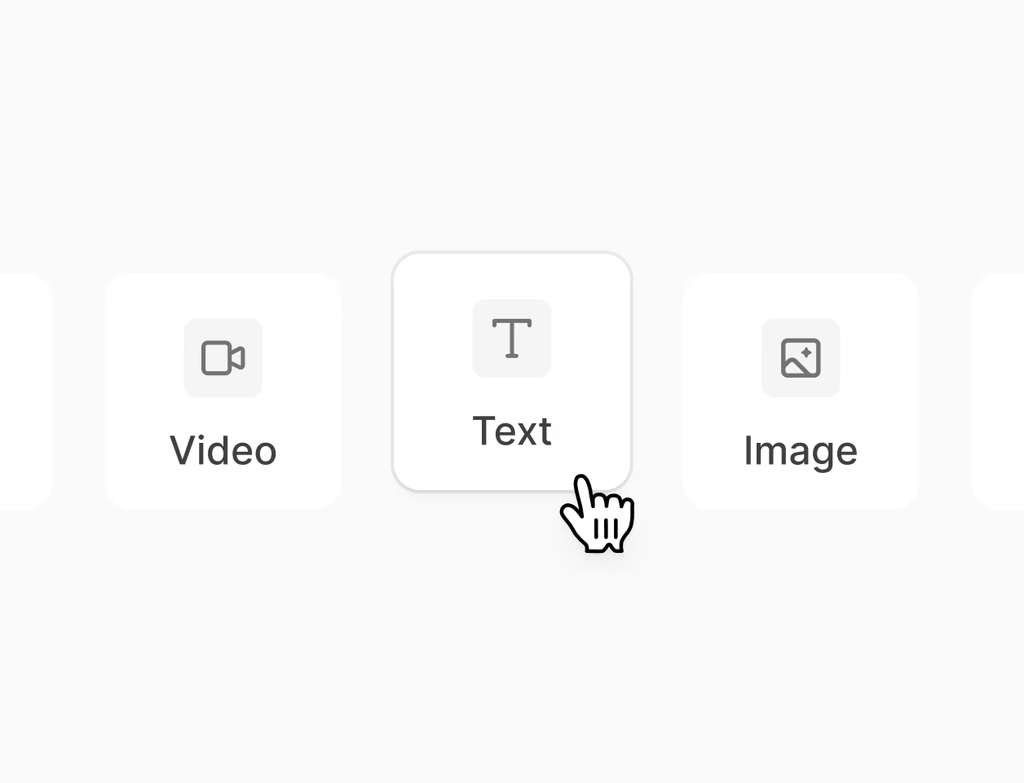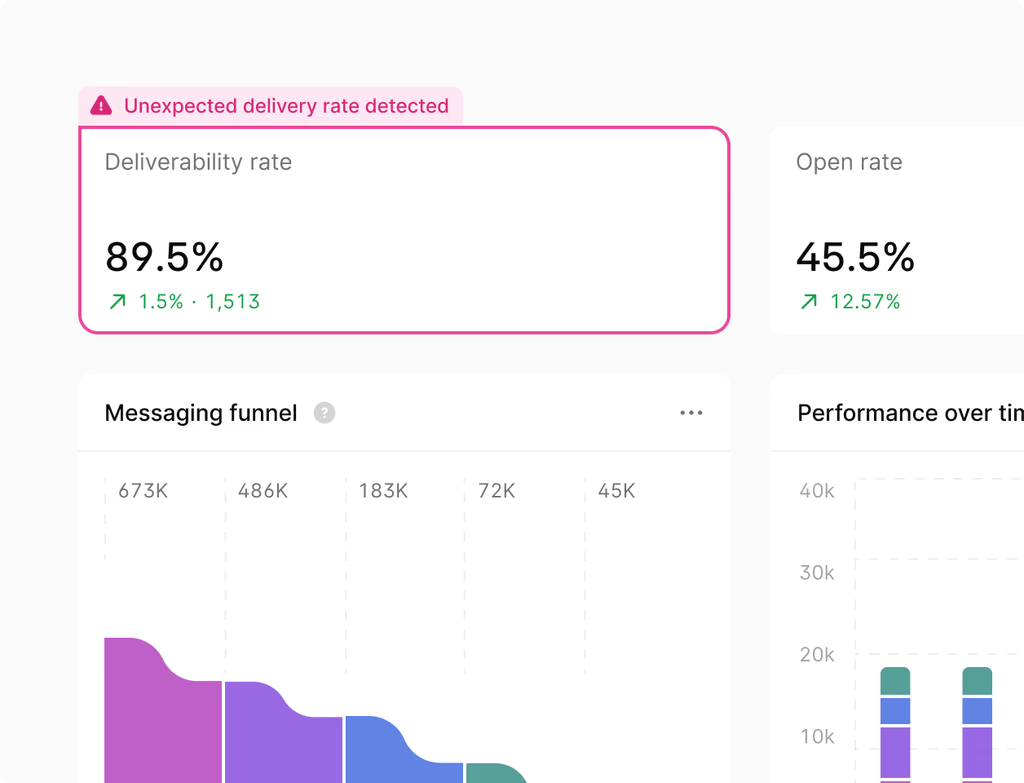What is included in the SEO Recommendations feature on Hoop?
The SEO Recommendations feature provides prioritized, page-level content and technical suggestions. These recommendations are ranked by expected impact, ensuring your team focuses on the most valuable fixes first. This includes suggestions for improving titles, headings, internal links, media, and technical elements like canonical tags and duplicate content issues. It helps build your search authority without requiring you to switch between multiple tools.
Hoop ensures you have a unified dashboard to manage topics, pages, and reports, making the entire SEO workflow seamless and integrated with your content.
How does the Hoop platform prioritize these SEO fixes?
Hoop analyzes your content and technical structure to determine the potential traffic gains from various improvements. Recommendations are then ranked by this expected impact, allowing your team to tackle the biggest opportunities immediately. Key elements targeted for improvement include:
- Titles and Headings
- Internal linking structure
- Media optimization
- Technical elements (canonicals, duplicates)
This prioritization allows for efficient use of resources and speeds up your time to value by directing effort where it matters most for ranking improvements.
Do I need any separate tools for SEO strategy and reporting?
No, the SEO Recommendations feature within Hoop is designed to be a comprehensive solution. Strategy, optimization, and reporting all live alongside your content workflow. You do not need to integrate external tools for fundamental SEO management.
The platform provides unified dashboards for topics, pages, and reports. It even embeds SEO insights directly within your content editors to catch issues early, facilitating better collaboration between writers and developers in a single environment.
Can the SEO Recommendations feature use my existing search data?
Yes. The Hoop platform supports the integration of external search data sources. This capability is essential for enriching the analysis provided by the feature and for accurately tracking your performance over time. By incorporating your existing data, the recommendations become more precise and tailored to your specific competitive landscape.
Integrating your search data allows you to monitor key metrics such as:
- Impressions
- Position changes
- Click-through rates for priority topics
Which Hoop pricing plans include access to SEO Recommendations?
The SEO Recommendations feature is available across multiple pricing tiers to suit various business needs. You can access this powerful functionality in the Core, Pro, and Enterprise plans.
For small teams or those starting their SEO journey, the Core plan offers essential recommendations. The Pro and Enterprise tiers offer increasingly advanced features, such as enhanced keyword and topic analytics and more robust reporting capabilities for larger organizations and high-volume content operations.
How does topic clustering improve search engine authority?
Topic clustering is a strategic part of the SEO Recommendations feature that improves your site's relevance and depth. By organizing content around pillar pages and related topic clusters, you signal authority to search engines. This structure helps search engine algorithms better understand the breadth and detail of your expertise in core themes.
The feature helps your team:
- Discover high-value topics based on relevance and popularity.
- Organize content roadmaps to align perfectly with user search intent.
- Build a clear internal linking network that boosts page authority across your site.
What are the key benefits of using the built-in content optimization?
Optimizing content within Hoop provides immediate benefits by surfacing high-impact fixes and opportunities across all your pages and topics. This ensures you are constantly refining your content to capture maximum organic traffic. The biggest advantage is seeing real-time data connected to your content.
Key benefits include:
- Surface high-impact fixes quickly.
- Track rankings and traffic as improvements roll out.
- Adjust your content strategy using connected performance data.
The ability to track and learn from performance data, including forecasting potential traffic gains, ensures continuous improvement.



.avif)





